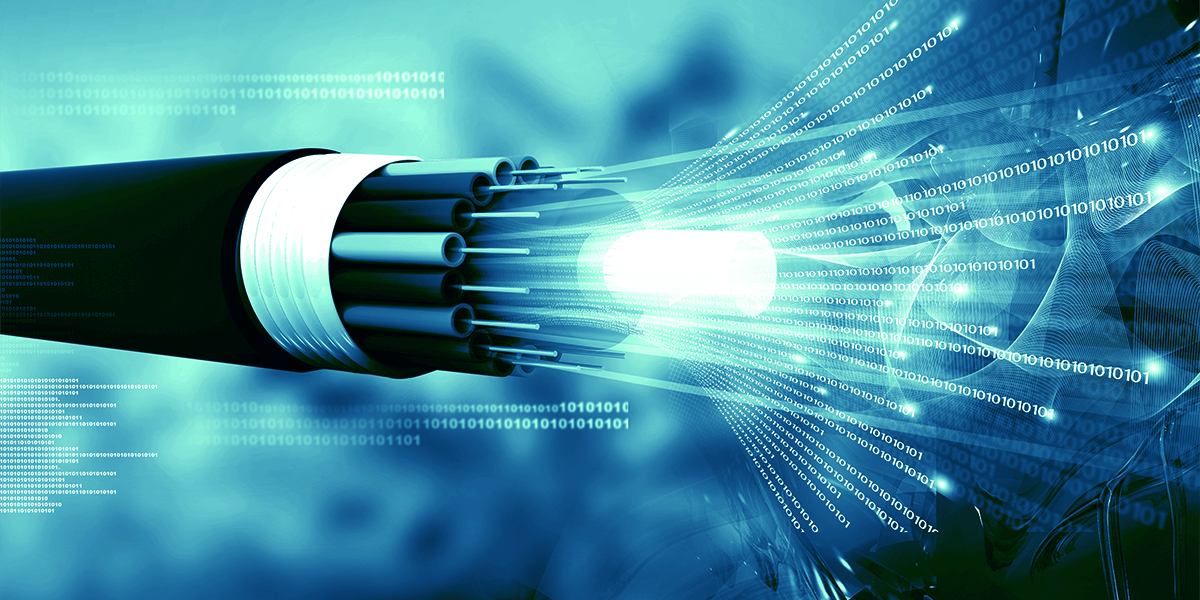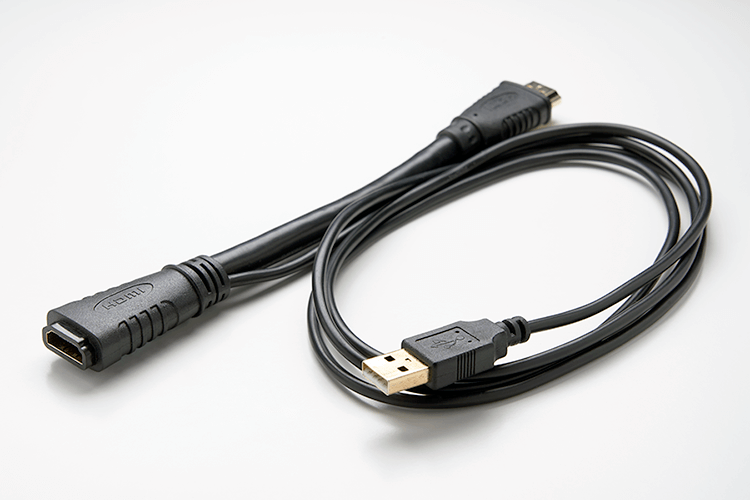Projector
Monitor
Lighting
Digital Display
Job References
This site uses cookies. By continuing to browse the site you are agreeing to our use of cookies, you can also manage preferences.
This site uses cookies. By continuing to browse the site you are agreeing to our use of cookies, you can also manage preferences.
Projector
Monitor
Lighting
Digital Display
Job References
Projector
Monitor
Lighting
Digital Display
Job References
Knowledge Center SupportWith the proliferation of the use of high-resolution display throughout the world, we have seen a growing need for audio/video transmission to evolve to keep pace with this expansive growth. Mainstream displays with 4K resolution have already become commonplace and with 2020 Tokyo Olympics already set to broadcast in 8K resolution, it’s clear that the amount of data that is being transmitted worldwide is growing at an exponential rate.
Because of all this, the bandwidth needed for these transmissions has already outgrown the capabilities of traditional HDMI cables. This is due to the nature of copper cables which generate a greater amount of impedance as the transmission distance increases thereby limiting the ability to transfer high-resolution signals. As a result, standard 8K HDMI copper cables have a maximum length of only 3 meters, which in turn has led to the introduction of fiber optic cables to the market to replace copper-based cables.

With this in mind, how do fiber optic cables correlate to 4K and 8K resolutions? We will try to answer this question in this article by exploring the following three topics.
In terms of the transmission speeds for the various versions of the HDMI interface, the 1080p resolution of HDMI v1.4 requires 10.2Gbps speeds, while 4K resolution for HDMI 2.0 requires 18Gbps. In the future HDMI 2.1 with its 8K resolution will require 48Gbps.

1. Fiber optic material is extremely light, which as a result drastically decreases the weight of any cable that utilizes them.
2. They are very suitable for long distance transmissions, this is because the amount of data loss per kilometer in optical transmissions is so low that it that can be considered negligible. Consequently fiber optic cables can stretch to 100 – 200 meters.
3. Because their transmissions are based mainly on light, they can avoid electromagnetic interference.
The principle behind fiber optic cables is that they convert the electronic signal that is broadcast from the output end into a high-speed laser signal that is transmitted across fiber optic strands that are thinner than human hair. Then when the signal reaches the input end the laser signals are converted back into electronic signals to be received by the display.
Though fiber optic cables help resolve the issue of long-distance transmission, in terms of compatibility the cables often have to deal with signals that have difficulty with transitions or signals that aren’t able to fully produce the type of high-quality video which high-bandwidth transmissions allow (i.e. signals that aren’t able to hit high frame rates, chroma sampling, or HDR imaging).

When using fiber optic HDMI cables, you should take note of these following items to ensure optimal performance and prevent any problems:
When reviewing the cables specifications, ask yourself the following questions: Does the cable support the right version of HDMI? Is the highest supported video bandwidth enough? What is the highest resolution that it supports? Does it support 3D video?

Fiber optic HDMI cables have a directional flow. In other words when connecting a fiber optic HDMI cable, the transmitter end must be connected to the source device while the receiver end must be connected to the sink device.
Usually when you encounter compatibility issues while using fiber optic cables and are unable to determine if the problem is coming from either the video equipment or the cables, the best way to figure out the source of the problem is to switch the fiber optic cable with a copper cable. If switching over to a copper cable helps resolve the issue then you’ll know that the problem is related to the fiber optic cable’s specifications.
Because fiber optic cables are active and feature an embedded electricity-to-light converter, they require a 5V power supply that the HDMI interface is able to transmit. Does this mean you have to worry about whether or not your source device provides enough power for the cable? Aside from this being one of the most common questions, this question is also one of the hardest ones to tackle. First off you must check the cable’s specifications for its power consumption and then check if the power output of the source device’s HDMI_5V of HDMI port is sufficient. Using AppleTV as an example, its HDMI port power output is 500mW (5V/100mA), if your fiber optic cable features a converter that requires a power supply of over 500mW, you either will not be able to use the cable at all or the use of the cable will result in subpar resolution. The current solution to this problem is to use an additional 5V power supply adapter cable similar to the one pictured below.
As shown in the image above, connect the transmitter end of fiber optic HDMI cable to the female connector of the power supply adapter cable, connect the male connector of the adapter cable to the source device (such as an AppleTV), and then connect the USB male connector of the adapter cable to a USB 5V output port.

Thanks for your feedback!